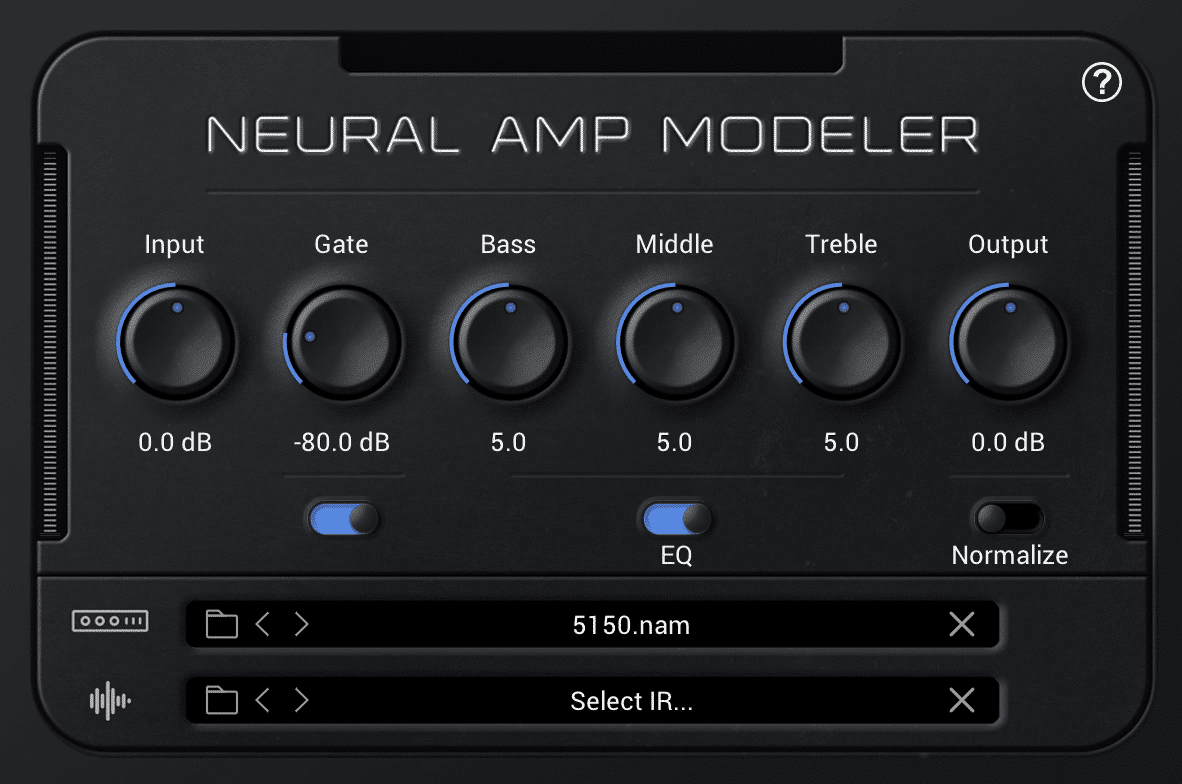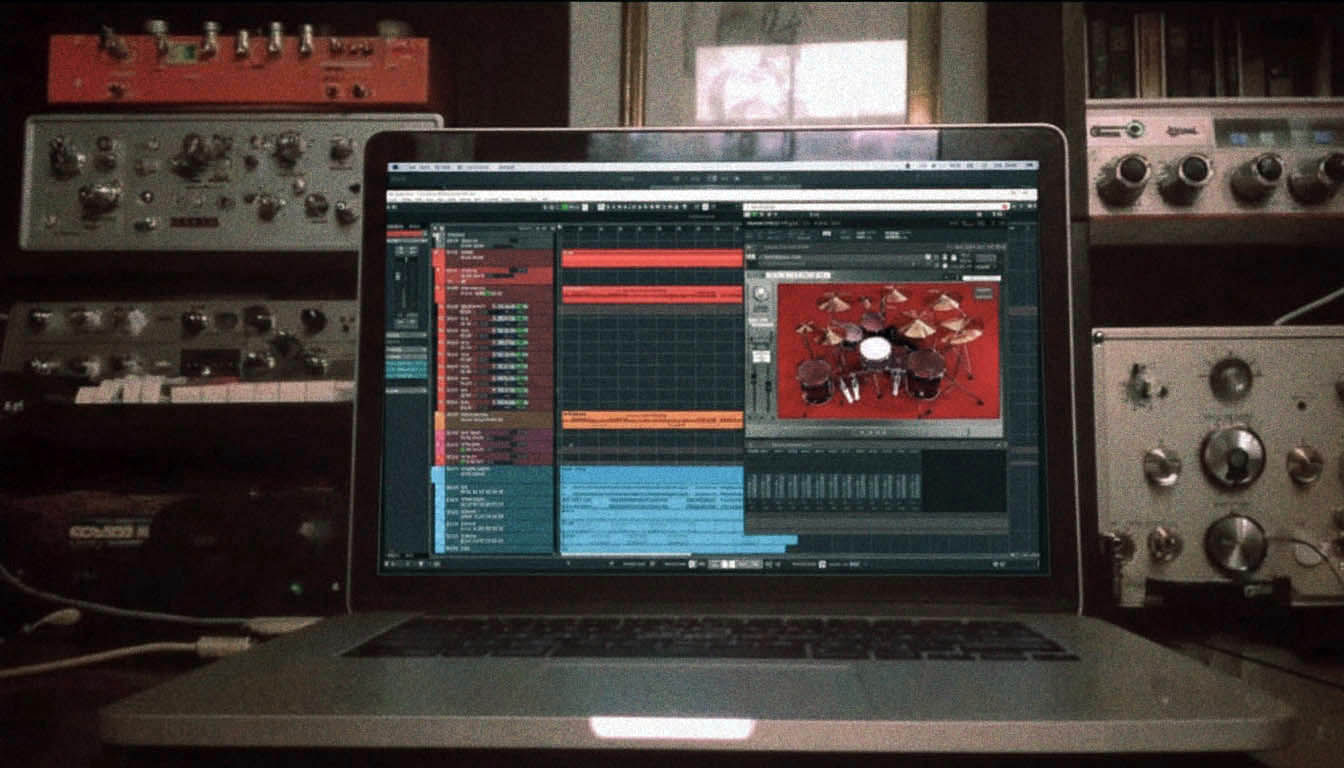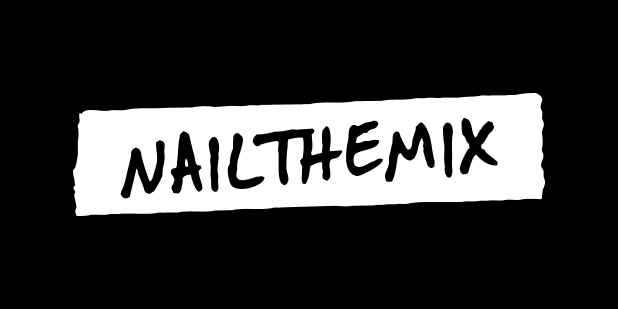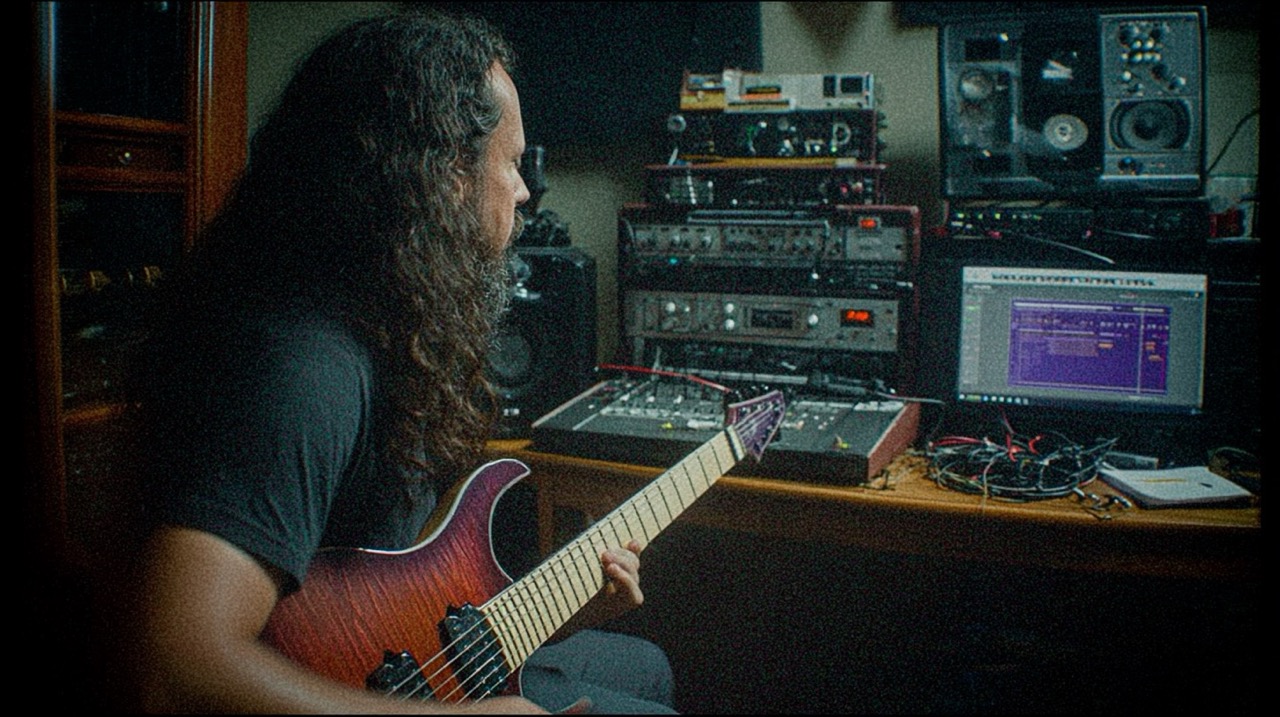
What is an 808? A Modern Metal Producer’s Guide
Nail The Mix Staff
You’ve heard it. That deep, booming, resonant bass that shakes the entire room. It’s in hip-hop, it’s in pop, and now, it’s all over modern metal. Bands like Spiritbox, Falling In Reverse, and Peeling Flesh are weaving these sounds into their tracks, proving that the sonic toolkit for heavy music is bigger and more diverse than ever.
That sound is the 808.
But what exactly is an 808, and more importantly, how do you make it work in a genre already packed with low-tuned guitars, pounding kick drums, and heavy bass?
Let’s be real: modern metal production demands a high level of polish. The lines between genres are blurring, and incorporating elements from electronic music and hip-hop is no longer an experiment—it’s a staple of the modern sound. Understanding the 808 isn’t just about chasing a trend; it’s about adding a powerful, dynamic tool to your production arsenal.
Here’s what you need to know to not just use 808s, but to make them hit hard without turning your mix into mud.
First, What Is an 808, Anyway?
Technically, the “808” comes from the Roland TR-808 Rhythm Composer, a drum machine released back in 1980. Its sounds, especially its kick drum, became legendary. Unlike a real acoustic kick, the 808 kick has a very long decay and a deep, pure sine-wave-like tone that creates a massive sub-bass presence.
Over the years, “808” has become shorthand for any deep, sustained sub-bass sound used as a rhythmic element, whether it’s a sample from the original machine or a synthesized bass drop. In modern production, it’s less about the specific piece of hardware and more about the function: providing that chest-rattling low-end foundation.
The Technical Challenge: Mixing 808s in Metal
This is where things get tricky. Metal mixes are already a warzone in the low frequencies. You’ve got eight-string guitars tuned down to F#, a bass guitar fighting for its own space, and a kick drum that needs to punch through it all. Just dropping an 808 sample into that mix is a recipe for disaster.
Here are the most common problems and how to solve them.
Problem #1: The Low-End War (808 vs. Kick vs. Bass vs. Guitars)
Your low end is crowded. A typical 808 lives between 30-80Hz. So does the “thump” of your kick drum and the fundamental frequencies of your bass guitar and low-tuned rhythm guitars. If they all hit at once, you don’t get power—you get a flabby, undefined mess.
The Solution: Strategic EQ and Sidechaining
You need to force everyone to play nice by assigning them their own space.
- Aggressive EQ Carving: This isn’t the time for gentle adjustments. Use a surgical EQ like the FabFilter Pro-Q 3 to make decisive cuts.
- Guitars: High-pass them higher than you normally would. If your 808 is the primary low-end driver in a section, you can probably filter your guitars up to 100Hz, maybe even 150Hz, to get them completely out of the way.
- Kick and 808: Give them each their own fundamental frequency pocket. For example, boost your kick’s main punch at 60Hz and cut the 808 in that same spot. Then, find the 808’s sweet spot—maybe around 45Hz—and boost it there while carving that frequency out of the kick. They can’t both own the same space.
- For a deeper dive, learning how to EQ metal kick drums is a great place to start.
- Sidechain Compression: This is your secret weapon. Sidechain compression uses one signal to trigger a compressor on another.
- How to do it: Place a compressor on your 808 track (or bass guitar track). Set the compressor’s sidechain/key input to your kick drum track. Now, every time the kick drum hits, it will momentarily duck the volume of the 808.
- Settings: Use a fast attack (0.1-1ms) so the ducking is immediate. Adjust the release time to control how quickly the 808 comes back up—a setting around 50-150ms is a good starting point. You only need 3-6dB of gain reduction to create enough space for the kick’s transient to cut through. Plugins like Trackspacer can make this process even easier and more transparent.
- Mastering this technique is crucial. Learn more with our complete guide to sidechain compression.
Problem #2: Taming the Tail and Maintaining Punch
The iconic long decay of an 808 is great for a sparse trap beat, but it can be death for a fast, technical metal track. A long 808 tail ringing out over a blast beat or a 16th-note double-bass run will instantly turn your rhythm section into mud city.
The Solution: Gating, ADSR, and Sample Selection
You need to control the length of your 808.
- Choose the Right Sample: Start with a good sample. Libraries from companies like GetGood Drums or samplers like Slate Trigger 2 often have a variety of 808s—some long and boomy, some short and tight. Pick one that fits the tempo and feel of your song.
- Use a Sampler’s ADSR: Don’t just drop the audio file on a track. Load your 808 into a sampler (your DAW’s stock sampler, Kontakt, etc.). This gives you control over the ADSR (Attack, Decay, Sustain, Release) envelope. The “Release” or “Decay” parameter is your best friend here. Shorten it so the 808 ends cleanly before the next beat, or even sync the decay time to the tempo of your track.
- Gating: If you’re working with an 808 as an audio file, you can use a gate to chop off the tail. Set the threshold so the gate opens on the initial hit and adjust the hold and release times to control precisely how long the note rings out.
Problem #3: Making it Cut Through on Small Speakers
The deep sub-bass of an 808 is felt more than heard. That’s awesome on a club system or studio monitors, but it will completely disappear on a phone, laptop, or earbuds because those speakers can’t reproduce frequencies that low.
The Solution: Saturation and Harmonic Excitement
If you want your 808 to be heard everywhere, you need to give it some character in the midrange. The trick is to add harmonics—multiples of the fundamental frequency—that are audible on smaller devices. The listener’s brain will then “fill in” the missing sub-bass.
- Saturation Plugins: This is the easiest way to add harmonics. If you’re new to the concept, you can learn the fundamentals of what audio saturation is and how it works. Use a plugin like Soundtoys Decapitator, FabFilter Saturn 2, or even a free one like the Softube Saturation Knob. Drive it just enough to create some audible grit and texture in the low-mids (100-300Hz) and mids (300-800Hz).
- Parallel Processing: For more control, set up a parallel track. Send your 808 to an aux bus. On that bus, slam it with a saturation plugin or even a guitar amp sim. Then, use an EQ to aggressively high-pass it (cutting everything below, say, 150Hz) and low-pass it (cutting everything above 1-2kHz). Now, blend that gritty, mid-rangey aux track back in underneath your clean 808. You get the clean sub-power and the audible character.
Tying It All Together: The Nail The Mix Advantage
Mastering the 808 in a metal context is all about this kind of problem-solving: smart EQ, dynamic control with sidechaining, and creative use of saturation. These are the exact kinds of modern production challenges that separate an amateur mix from a professional one.
Reading about these techniques is a great start. But seeing them applied in real-time, in a real session, by a world-class producer? That’s how you truly level up.
At Nail The Mix, you don’t just get theory. You get to be a fly on the wall as producers who have mixed bands like Gojira, Periphery, and Architects build a mix from scratch. You get the raw multitracks to practice on and see exactly how they tackle the low-end war, make programmed elements feel alive, and ensure their mixes hit hard on every system.
If you’re ready to move beyond presets and truly unlock your sound, watching the pros handle these modern challenges is the ultimate cheat code.









